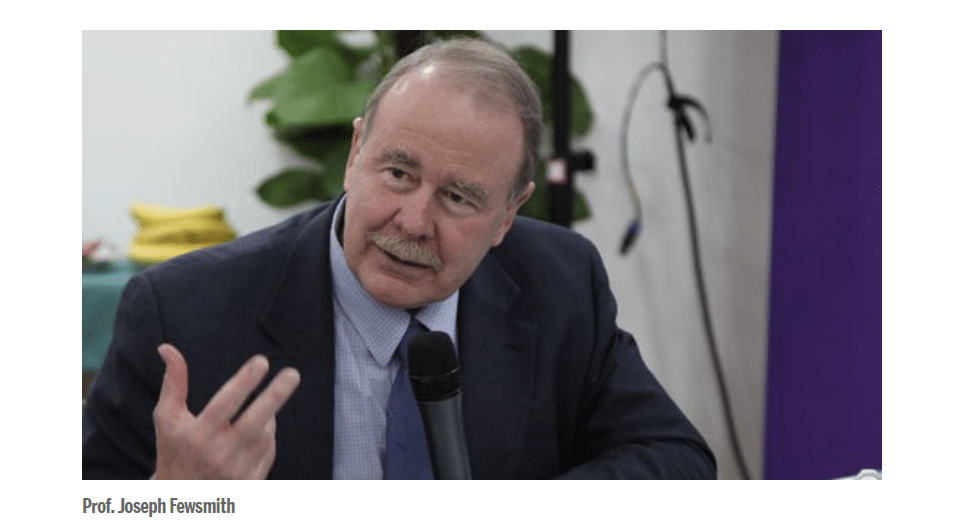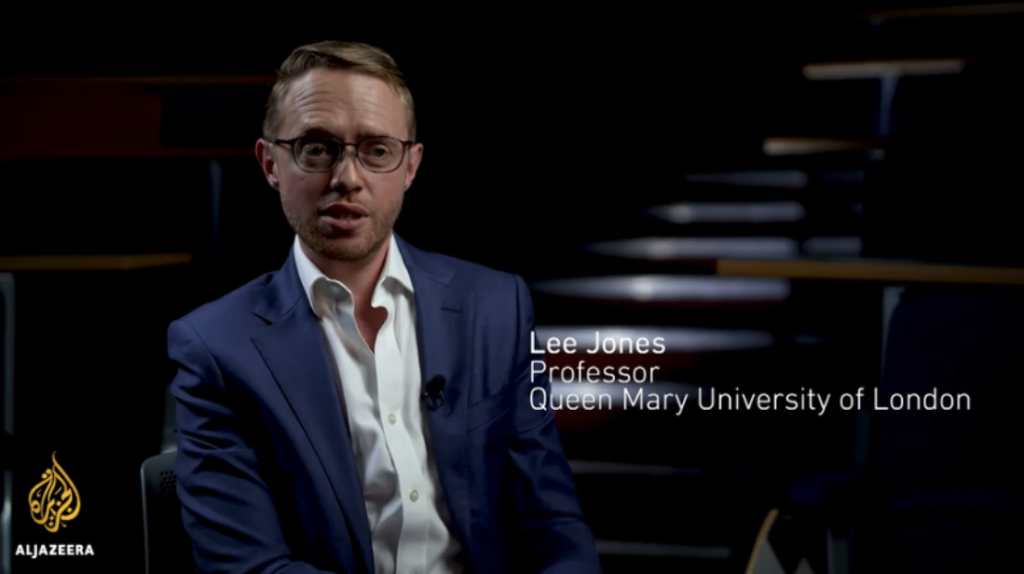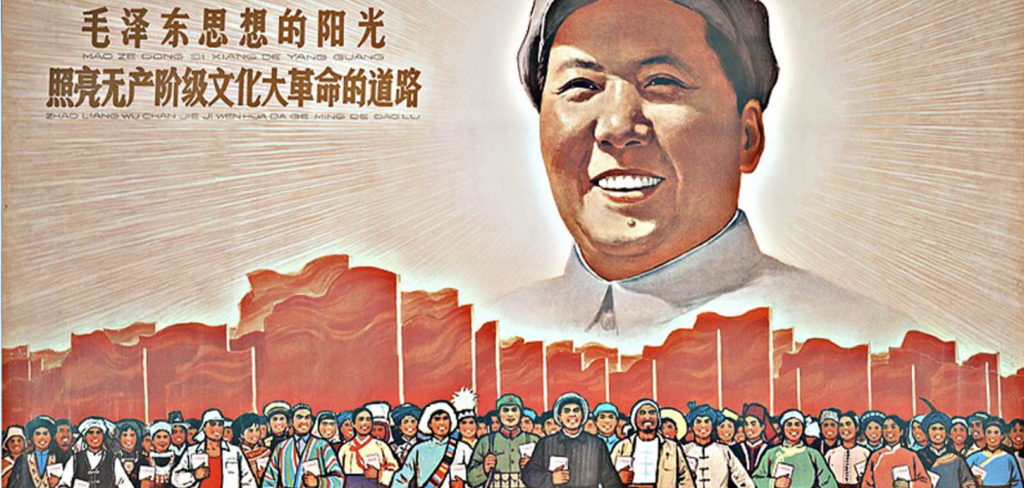Japan’s Prime Minister Takaichi Finally Says Something Close to What Beijing Wants to Hear
Looking back on Katherine Tai’s Speech
- Opinion
 Minjun Hong
Minjun Hong- 11/25/2021
- 0
Katherine Tai, the United States Trade Representative, delivered a speech at the Center for Strategic and International Studies (CSIS) on October 4th, 2021. The long-awaited address highlights the Biden-Harris Administration’s current and future approach to the U.S.-China bilateral trade relationship. Tai stresses the importance of strengthening the U.S. domestic economy while also realigning trade policies towards China. But reaction from the U.S and China to Tai ‘s speech has been mixed. Some applauded her introduction of new concepts such as “durable coexistence” and “recoupling” to the bilateral trade relationship; others were critical of the vagueness of next steps; many were hopeful that a page might be turned soon in the volatile trade relationship between the U.S. and China.
Scott Kennedy, who holds the Trustee Chair in Chinese Business and Economics at CSIS, was one of the first to comment on the ambiguity of Tai’s speech and its usefulness. According to him, by not explicitly stating concrete plans for future U.S. actions, Tai can maintain flexibility regarding policies towards China. Through “flexible negotiations”, Tai can reap the benefits from the Phase One deal while keeping potential penalties against China on the table if future negotiations do not pan out. By providing few details of U.S. actions, she could have a cordial negotiation with Liu He, Vice Premier of China, without initial hostile confrontation. However, Kennedy feels that a downside of an open-ended speech is that it leaves a wide range of actors , including business communities and allies, unsatisfied and uninformed. Furthermore, the ambiguity of Tai’s speech left many to speculate that the lack of detailed action in her speech is due to the lack of consensus within the administration on the proper course of action.
Ilaria Mazzocco, another Chinese Business and Economics CSIS scholar, is reserved towards Tai’s approach to enforce Phase One agreement between the two countries. She believes the Phase One deal is inconsistent with a multilateral, free-market approach to the global trade system, potentially harming the economies of other countries, particularly in the EU. Furthermore, Tai’s declaration that photovoltaic panels manufactured in China will not receive a tariff exclusion will certainly affect the American photovoltaic industry without proper large-scale, low-cost panels manufacturing in the United States to fall back on. Mazzocco concludes that while a holistic approach to improving manufacturing competitiveness in the United States is beneficial in the long term, imports from countries such as China will be crucial in the short run.
Claire Reade, an international trade lawyer with expertise in Chinese investment in the US from Arnold & Porter, is more optimistic about Tai’s speech. In her analysis, the Biden Administration’s current attempts to negotiate with China, rather than simply expecting fundamental change in China, allows for freedom in negotiation. She highlights the importance of the foundation set by the Phase One deal regarding economic and trade engagement and not setting up a timetable, allowing for space for constructive conversations with China.
Reactions by the Chinese scholars also provide a unique perspective on Katherine Tai’s speech. Both Wang Yong, Director of the Center for International Political Economy at Peking University, and Tu Xinquan, Dean of the China Institute for WTO Studies the University of International Business and Economics said Tai’s speech was encouraged by “durable co-existence” and “recoupling” because these concepts may signal the potential for further talks as well as the removal of policies that may damage the economies of both countries. However, Katherine Tai’s open-ended remarks on the possible future utilization of Section 301 and new tariffs against China is of great concern because it will affect Chinese exports and the United States economy. However, Wang Yong points out that the difference in economic and governmental structure between China and the United States is a natural phenomenon that all parties should respect and understand. Tu Xinquan elaborates that the United States’ policy to invest further in domestic industry and strengthen its economic position is a form of government intervention. Furthermore, China has taken strides in aligning its position and actions with the World Trade Organization’s policies and will continue to strive for a more open market, which has not been appropriately reflected in the news. The two experts agree that mutual understanding and implementing rules that both China and the United States can adhere to regarding trade policies and governmental influence over economies are crucial. Only when concrete rules are created and adhered to by China and the United States can proper steps be taken when considering the future of US-China relations.
Four days after the speech, Tai spoke to Liu He via a video conference. Neither the Chinese Foreign Ministry statement nor the U.S. readout of the virtual meeting sheds too much light on what will happen on the trade front of the bilateral relationship. The two reviewed the U.S.-China Economic and Trade Agreement and agreed to work amicably to resolve outstanding issues. Tai did bring up the U.S. concern about China’s state-led, non-market policies that could potentially bring harm to the U.S. domestic economy as well as to American workers. It is not clear if China has expressed any specific concern to the U.S.
Katherine Tai’s speech leaves much to speculate on over the future actions of the Biden-Harris administration. It does not offer a silver bullet that will guarantee the immediate growth of the United States domestic economy nor align Chinas’ policy with the U.S. However, Tai’s pledge that she will handle China’s failure to meet its commitments to the Phase One Agreement skillfully and embrace of “durable co-existence” and “recoupling” regarding U.S.-China relations suggest the inclination for constructive negotiations with China.
The threat of new Section 301 investigations and possible new tariffs against China may be a useful bargaining chip, but it will certainly lead to new erosion of economic interconnectedness between the two countries. To prevent the mutually assured destruction that a prolonged trade war would guarantee, further negotiations must involve the role of arbitrary governmental interventions on the free market and confront the fact that China still provides large subsidies to its enterprises. Tai’s suggestion of investment into the American domestic economy will eventually put Washington into a position of strength, but does not generate immediate competitiveness against Chinese exports in the short run.
When tackling the issues of U.S.-China relations, the difference in governance between the two countries must be taken into consideration. Both Wang Yong and Tu Xinquan point out it is going to take a long time for China to expand and deepen its reform in order to become a true market economy. Washington should not coerce China into introducing fundamental transformation of its economy overnight. A shared set of rules and regulations enforced by the WTO that support a degree of autonomy for both countries would benefit U.S.-China relations without the hostility that tariffs would incite. The specifics of the shared rules and regulations and the definition of a free market must be discussed further through meetings and consultations between the U.S. and China. The Chinese experts note that heavy governmental investments by the U.S. government is not so different from what the Chinese state is currently conducting.
There is a conventional saying in Chinese: “Proper limits have to be exceeded in order to right a wrong, or else the wrong cannot be righted” (桥枉必须过正). The U.S. has long resented China’s state intervention in and subsidies to its economy but did not take action against China’s recalcitrance until President Trump launched the trade war in 2018. Since then, Washington has used a full set of state tools to force China to change its market behavior, including tariffs, sanctions, entity lists, and even the arrest of senior Chinese business leaders like Meng Wanzhou. These excessive actions have not only alienated the Chinese people but also the Chinese leaders who, at the beginning of the trade war, were considering making huge concessions to U.S. demands.
The pandemic has changed the calculation methods and the mindset of the Chinese decision makers. At this moment, both Beijing and Washington need to take a step back. Chinese leaders need to have a better grasp of the root cause of American anger, frustration, and determination to force China to change and adopt a blueprint for structural reform in the trade sector. American decision makers need to understand that Washington has transformed from the champion of the market economy to the biggest bully of state intervention in order to wreck China’s economic rise. To bridge the two sides, Tai’s speech is only a small step over a huge chasm.







